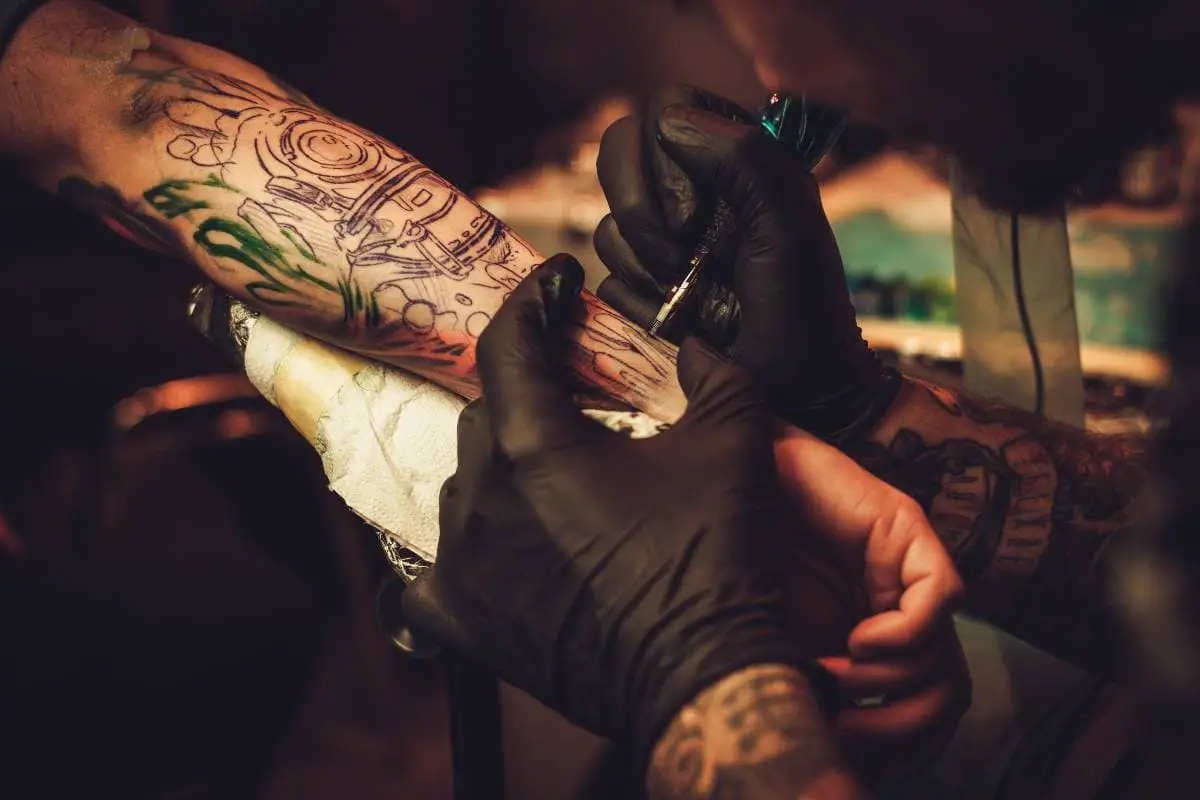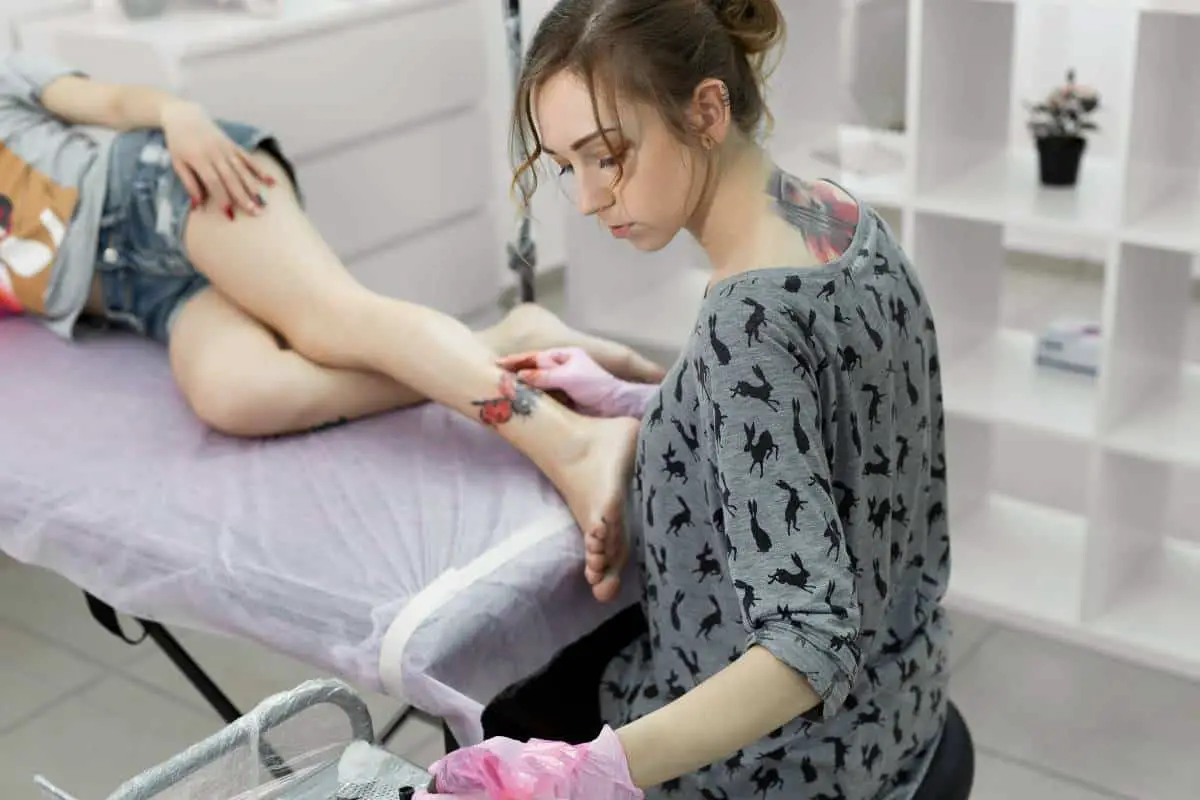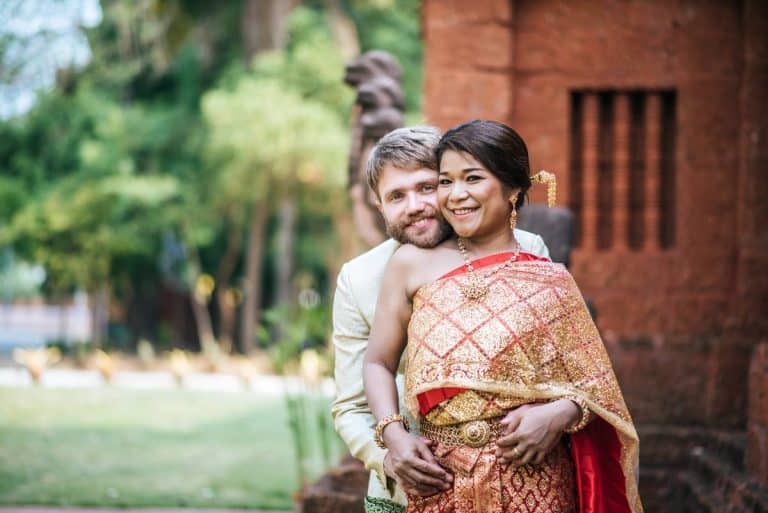Want To Try Out The Thai Tattoo Culture? Let’s Explore it
Hey! Tom here from BetterLivingAsia.com to unravel the mysteries behind Thailand’s mesmerizing culture of sacred tattoos. Let’s trace Sak Yant’s enigmatic two-thousand-year history from spiritual protector for ancient warriors to a global phenomenon attracting devoted followers today. I’ll also share tips on respectfully getting your own mystical ink!
Key Takeaways
| Theme | Key Points |
|---|---|
| Origins and History | Sak Yant tattoos have been integral to Thai and Southeast Asian culture for over 2000 years, used by warriors for protection and power. The designs carry religious meanings from Buddhism, Hinduism, and animism. |
| Tools and Techniques | Traditional bamboo rod poke method vs modern tattoo machines. Ink made from charcoal, snake venom, mint oils, and rum. |
| Cultural Significance | Sak Yants represent personal beliefs, values, aspirations, and social status. The annual tattoo festival honors the tradition. |
| Considerations | Finding the right sacred design, artist, understanding meaning, and aftercare. Avoid religious images below the waist. |
| Preservation | Maintaining the spiritual bamboo method while meeting safety standards. |
The Ancient Origins of Sacred Ink – Sak Yant Tattoo in Thailand
Thais have long viewed tattoos or Sak Yant as magical talismans – symbols of personal beliefs, aspirations, and reverence embedded into the skin. Yantra tattooing took root over two millennia ago in the ancient Khmer Empire, practiced across Thailand, Myanmar, Cambodia, Laos, and as far as Tibet!
Back then, Sak Yants featured intricate geometric designs and animal imagery like tigers, pythons, or Hanuman the monkey god adorned soldiers and royals. The complex Buddhist, Brahmin, and animist patterns were more than body art – they harnessed ritual magic for invulnerability in combat and protection from blades or bullets!
Today, devotees from Muay Thai fighters to monks continue using sacred ink as spiritual armor against hardship. The stunning culture around these cryptic emblems still thrives in the temple of Wat Bang Phra and beyond!
Thai cultural tattoos, known as sak yant, are an important part of Thailand’s cultural and religious history. Sak Yant tattoos are traditionally done by Buddhist monks and are believed to impart magical powers and protection to the bearer. The intricate designs are applied using a long metal rod with a needle tip and black ink made from soot.
More About Sak Yant
Sak Yant tattoos follow strict rules and traditions. It is important to have the proper spell or inscription tattooed by a properly-trained ajarn, or master. The tattoos should also be blessed during an official ceremony to activate their power. One major rule is that sak yant higher up on the body, like on the head or shoulders, can only be given to devote Buddhists who adhere to the Five Precepts.
Common sak yant designs draw from Thai mythology and folklore. Some classic images include the Gao Yord, a 9-spired Yantra representing the Buddha, and Hah Taew, 5 rows of ancient Khmer script for protection. Mythological creatures like the lion, tiger, naga, and garuda also feature prominently, meant to grant attributes like courage, strength, charisma, and wisdom. Sak yant not only embodies religious meaning but represents the magical beliefs still deeply rooted in Thai culture.
Delving Into Tools and Techniques
So how exactly does one imprint incorporeal concepts into flesh? Well, traditionally tattoo masters or Arjan used handmade bamboo or steel rods tipped with a needle to methodically tap sacred ink underneath the skin.
The iconic designs are meticulously constructed dot by dot over hours through this gradual stick-and-poke style, also called สักหมัด (sak mud). Another approach is the coil wrap method using silk thread dipped in thick ink coiled around a rod tip. This takes extensive precision and spiritual focus to place each coil correctly!
The organic ink itself also carries ritual potency, classically mixed with snake venom – don’t worry, modern parlors use harmless substitutes! Traditional recipes feature:
- Charcoal Soot Black Ink – Protection
- Green Bile – Power
- Yellow Ochre – Positive Energy
- Spirit Rum/Wine – Sacred Blessings
- Camphor/Mint Oils – Healing
- Sandalwood/Clove Oils – Luck
Of course in modern times, most recipients opt for efficient tattoo machines over the old-school hand tap ritual. But traditional temples like Wat Bangphra still practice the iconic stick-poke style to honor ancient methods.

Celebrating the Living Legacy
Every March, the mesmerizing Wai Kru Tattoo Festival erupts in riotous revelry to venerate the Sak Yant legacy. At Wat Bang Phra, thousands gather to receive fresh sacred tattoos and initiate new practitioners. The energized horde dances wildly to rapid drums as master tattooists chant mystical scripts!
- Many devotees enter frenzied trances as emblems imbue their power – running, screaming, speaking in tongues!
- After inking, monks conclude ceremonies by pouring sanctified water over followers’ heads.
- Celebrants parade their gleaming fresh Sak Yants for all to admire!
This vibrant celebration venerates tattooists for their mastery of intricate magic symbols passed through generations. The festivities also rejuvenate fading ink from previous years.
For locals, sacred tattoos signify their beliefs, values, and aspirations – at the annual festival, they renew their cherished connection to this cultural touchstone. Tourists also should appreciate how Sak Yant preserves community identity by perpetuating their spiritual heritage.
Getting Your Thai Tattoo
Alright, after learning about Thailand’s enchanting world of arcane symbols, you must be itching for your own! Well my friend, getting optimally placed tattoos designed and imprinted by venerated artists deserves careful consideration.
Where to Start
- Consult knowledgeable locals on suggested motifs and placement – remember certain areas like the feet or torso are seen as disrespectful!
- Use caution with religious imagery – while Buddha or Ganesh images seem tempting, officials discourage these to prevent offense.
- Research talented, ethical tattoo parlors under proper licensing with autoclave sterilization. Street pop-ups lure tourists but often lack credentials.
Finding Your Arjan Master
- Look for studios headed by an Ajarn master with proper dedicated training in mystical tattoo arts.
- Many operate within temple complexes like Wat Bangphra with decades of experience.
- Establish rapport and communicate your desired result so they can guide appropriate symbols and placement.
Care After Inking
- Follow your Ajarn’s aftercare instructions to properly heal sacred inkwork.
- Traditional bamboo tats are shallower so heal faster than machine tats.
- Avoid restrictions – can’t eat meat for 30 days, drink alcohol, engage in intimacy, etc.
Getting blessed with Thailand’s ancient style of mystical symbols links you to an epic cultural legacy! Hopefully, these tips help guide your journey to noble transformation through sacred ink.
I’m eager to hear your thoughts or questions on this mystical topic! Feel free to comment below or contact Tom at BetterLivingAsia.com. Now let’s get to this edition’s Frequently Asked Queries:

FAQs
What is the meaning behind common Sak Yant tattoo motifs?
- Tigers – Strength, protection
- Snakes – Potency, precision
- Geometric Shapes – Stability, order
- Script Blessings – Luck, positive forces
- Garuda – Mythical bird transport for Hindu god Vishnu denoting divine reverence
Do I need to follow any special code or rules with my new Sak Yant tattoo?
Yes, most Ajarn masters will prescribe personal precepts to govern conduct over the life of your spiritual tattoo such as abstaining from vices, forbidden meats, etc. This ensures your sacred emblem retains its protective abilities, so adhere closely!
Can women get Sak Yant-style tattoos?
Absolutely! Historically men displayed tattoos openly but women wore them under clothing. Nowadays females actively celebrate Sak Yants. All genders participate equally.
What happens at the wild Wai Kru tattoo festival each year?
The annual gathering at Wat Bang Phra temple commemorates the origination of sacred tattoos. Thousands receive fresh ink, give offerings to masters, and celebrate through dancing, music, and chanting!
How can I avoid offending locals with Buddhist imagery tattoos?
Use caution and avoid Buddha heads or feet positioned lower on legs. Check with shops on cultural preferences regarding religious symbols. Placement and size impact perceptions.
Hope this gives helpful clarity into Thailand’s magical legacy of sacred tattoos and exciting possibilities for your transformation! Let me know about other questions below!






